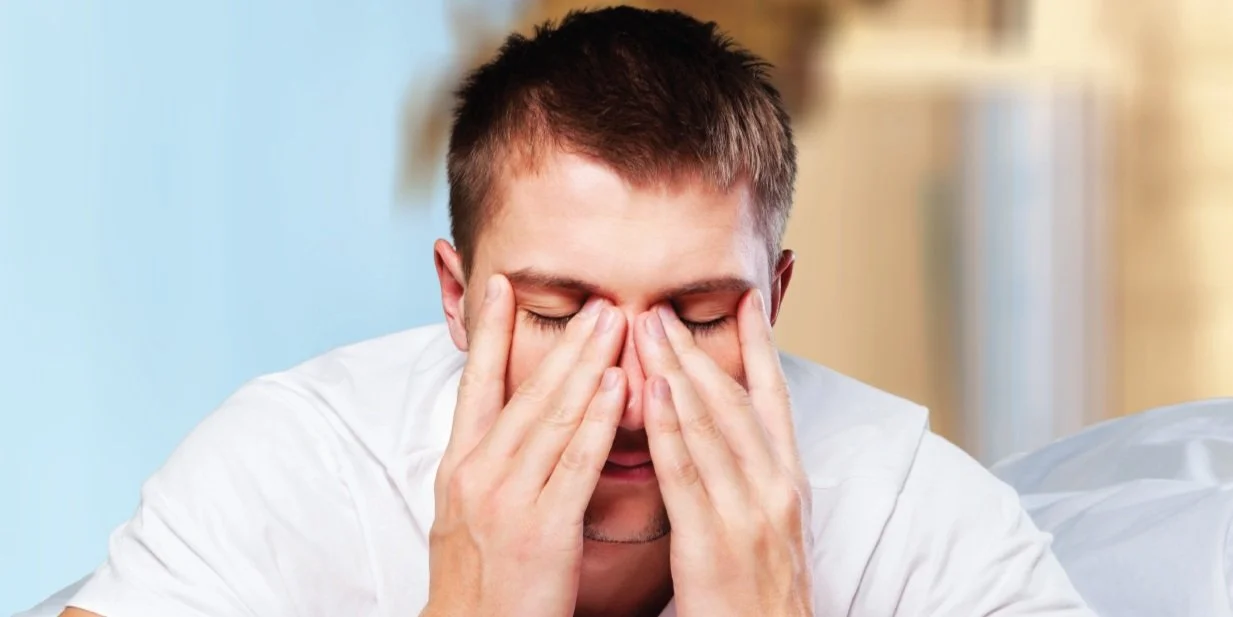Sleep Apnea Treatment
What is Sleep Apnea?
Sleep apnea is a sleep disorder where a person's breathing is interrupted during sleep. People with untreated sleep apnea stop breathing frequently during sleep, sometimes up to hundreds of times during the night.
Obstructive sleep apnea occurs in about 25 percent of men and nearly 10 percent of women. It can affect people of all ages, including babies and children, but it is most common in people over the age of forty and those who are overweight. Excessive weight, a large neck, structural abnormalities reducing the diameter of the upper airway, such as nasal obstruction, a low-hanging soft palate, enlarged tonsils, or a small jaw with an overbite are common in patients with obstructive sleep apnea.
What are the risks of Sleep Apnea?
People suffering from sleep apnea are 300% more likely to have a fatal car crash. If that weren’t enough, poor sleep makes you 23 times more likely to suffer a heart attack. Strokes, diabetes, and weight gain have all been directly linked to sleep apnea.
What are the symptoms of obstructive sleep apnea?
Many times the first signs of obstructive sleep apnea (OSA) are recognized not by the patient, but by the bed partner. Many of those affected with OSA have no sleep complaints, even if they are showing symptoms.
The most common symptoms of OSA include:
Snoring
Daytime sleepiness or fatigue
Restlessness during sleep
Sudden awakenings with a sensation of gasping or choking
Dry mouth or sore throat upon awakening
Intellectual impairment, such as trouble concentrating, forgetfulness, or irritability
Night sweats
Sexual dysfunction
Headaches
What if I have been diagnosed with obstructive sleep apnea (OSA)?
If your doctor has diagnosed you with OSA, the gold standard for treating it is a continuous positive airway pressure (CPAP) machine. But, for various reasons, CPAP may not be the best option for many patients. Many people find it uncomfortable and difficult to use. As a result, they use it inconsistently and may even stop completely.
Another increasingly common option is oral appliance therapy (a device similar to a mouth guard used by athletes), provided by a dentist. Many dentists (including Dr. Jim Peck at Smile New Braunfels) are now including dental sleep medicine treatment in their specialties, which focuses on the use of oral appliances to treat snoring and OSA.
Oral appliance therapy isn’t as effective as CPAP, but it can improve symptoms in some people with OSA. Even if you are currently using a CPAP, some people use both oral appliances and CPAP. For example, you may use a CPAP machine at home but an oral appliance when traveling.
How do oral appliances treat obstructive sleep apnea (OSA)?
In OSA, the muscles at the back of your throat relax, which allows nearby tissues to block your airway. Your tongue may also slide back to block your airway. For patients with mild to moderate obstructive sleep apnea, oral appliance therapy, as provided by a dentist, can help keep the airway open during sleep.
Custom-fitted sleep apnea appliances can hold the airway open by bringing the lower jaw slightly forward, or can hold the tongue, preventing it from falling backwards during sleep, causing airway obstruction. They can also do both of these actions simultaneously so you can breathe better while you sleep.
How do I order an oral appliance for obstructive sleep apnea (OSA)?
If you and your doctor decide that an oral device is a good option, you will need a referral to a dentist experienced in dental sleep medicine. The dentist will evaluate if you are a candidate for this treatment. If so, an impression of your teeth will be made. The dentist will make the device and call you back for a fitting. You will also be given a morning repositioner to realign your bite after the appliance is removed. You may have to go back to the dentist for further custom adjustments to optimize the fit. Once the fitting is completed, it is recommended that you have another sleep test to see how the appliance is working for you. Further adjustments may be necessary.
It takes about two to four weeks to adjust to the oral appliance. It may feel strange to have a mouthpiece in when you’re sleeping. It may help to wear it for a few hours at first and then gradually extend the time you have it in. Eventually, your oral appliance will just become another part of your nighttime routine.
Don’t wait for better sleep or better health. Good sleep is important for your overall health, and oral appliance therapy is covered by many insurance plans. If you are concerned that you or a loved one may be suffering from sleep apnea, contact us to schedule an initial exam and consultation.
